Our History
The Partnership for New York City is rooted in more than 250 years of civic engagement by business leaders, going back to the mid-eighteenth century.
Throughout this history, the Partnership and its predecessor organization, the New York Chamber of Commerce & Industry, have been the primary force behind strategic partnerships between business and government, focused on economic growth and job creation, development of public infrastructure, promoting public safety and security, improving public education, building affordable housing and revitalization of neighborhoods.
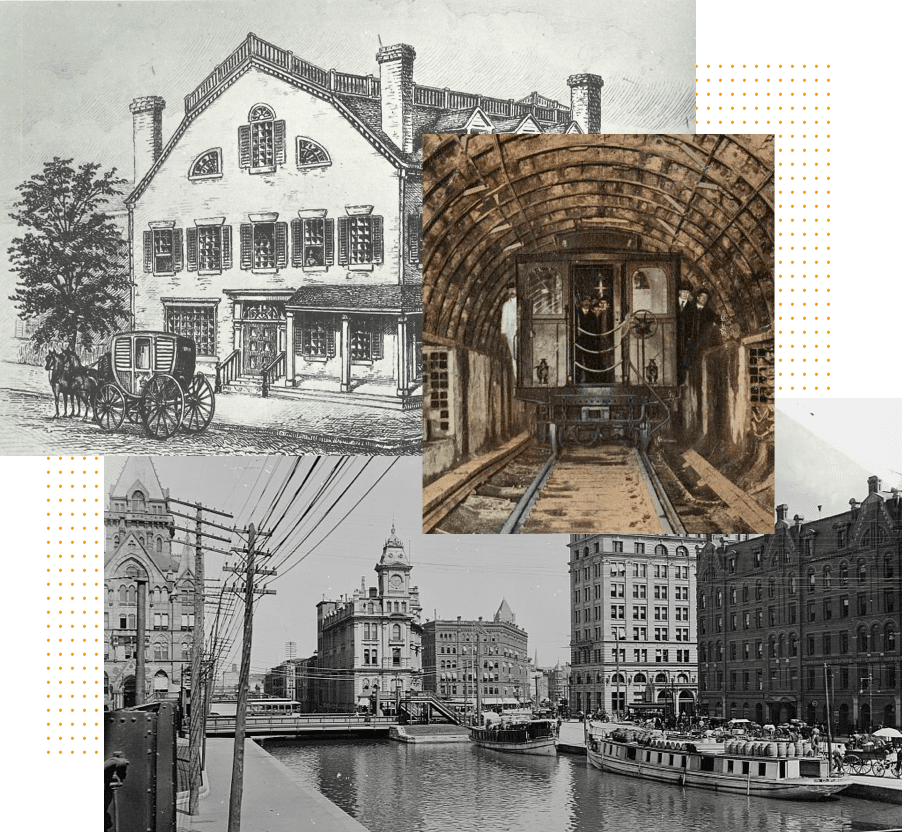
Throughout this history, the Partnership and its predecessor organization, the New York Chamber of Commerce & Industry, have been the primary force behind strategic partnerships between business and government, focused on economic growth and job creation, development of public infrastructure, promoting public safety and security, improving public education, building affordable housing and revitalization of neighborhoods.
1768
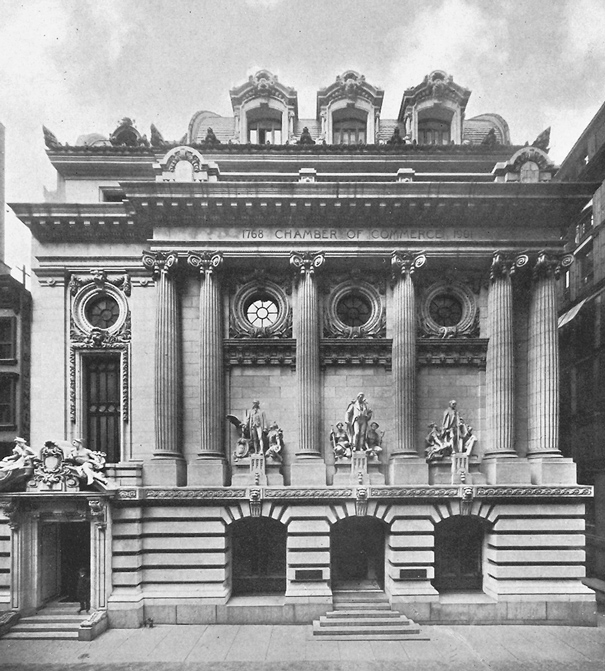
New York Chamber of Commerce & Industry
Founded on April 5, 1768 by a group of merchants whose purpose was to encourage business and industry, develop dependable commercial arbitration procedures, maintain standards of fair trade like common units of measurement, and encourage the development of growing industries. The new Chamber adopted the motto Non Nobis Nati Solum, or “Not Born for Ourselves Alone.”

1770
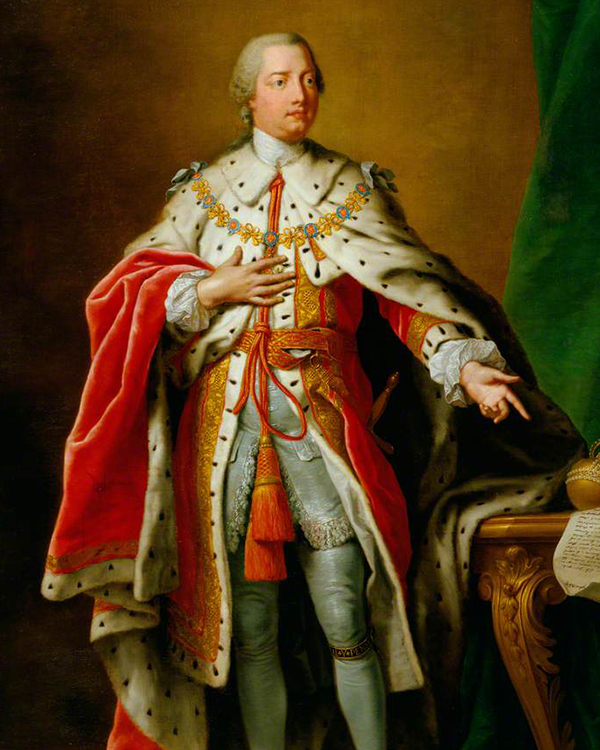
Received Royal Charter from King George III
The New York Chamber of Commerce was granted a royal charter from King George III, establishing it as "the Corporation of the Chamber of Commerce in the City of New York in America."

1825
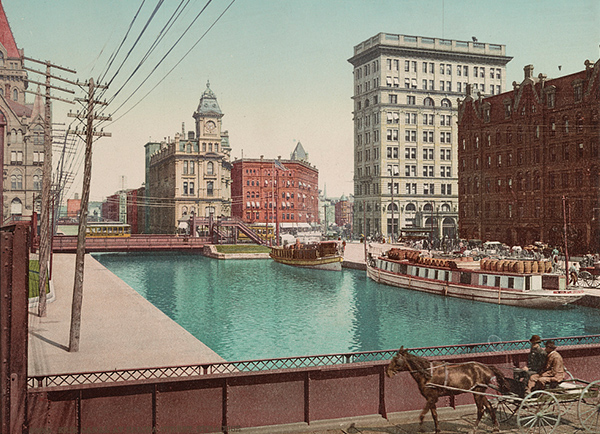
Erie Canal Completed
The Chamber of Commerce proposed the Erie Canal, the success of which made New York the link between the new western economy and the maritime ports of the east and abroad. This was the single most important factor in making New York the preeminent commercial and financial center it is today.

1858
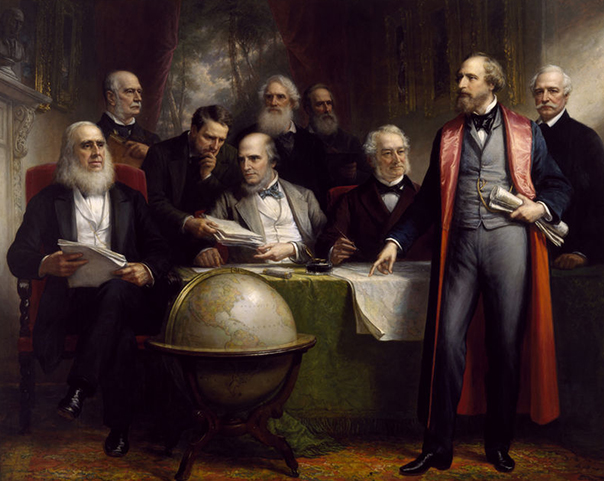
First Transatlantic Cable Completed
In the interest of serving regional commerce, the Chamber of Commerce heavily promoted the establishment of the first transatlantic cable. Cyrus W. Field, a businessman and financier from New York City orchestrated the plans for laying the 2,500 mile cable from North America to Ireland, laying the foundation for today’s worldwide communications.

1904

First Subway Line Opens
Prior to the subway system, elevated trains provided limited mobility throughout the city and were plagued with severe weather delays. The Chamber of Commerce began discussions for an underground rapid transit system in 1894, forming a committee and proposing a bill to the New York State Legislature. The bill was passed and signed by Governor Roswell P. Flower just three months after discussions began. The commission was instrumental in organizing the public support and private contract necessary to complete the subway system’s construction. The first subway line opened in 1904 and ran 9.1 miles with 28 stations from City Hall to 145th Street and Broadway.

1915
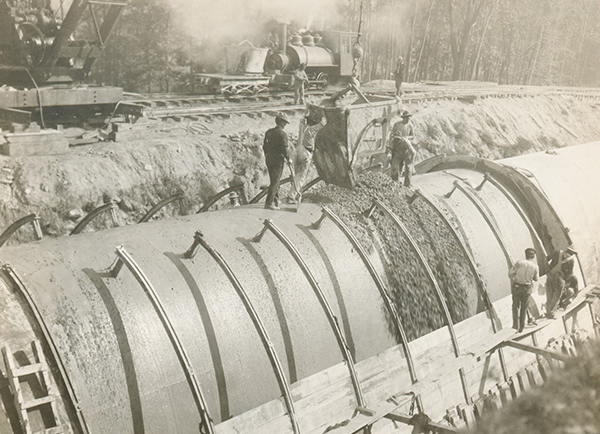
Catskill Aqueduct Completed
Beginning in 1905, J. Edward Simmons, President of the Chamber of Commerce, served as President of the New York Board of Water Supply. The Board of Water Supply devised a comprehensive plan for bringing water from the Catskill Mountains to New York City. The 92-mile Catskill Aqueduct was completed in 1915, bringing 640 million gallons of water to the city’s growing population. Still in use today, the system provides 40% of New York City’s water supply.

1979
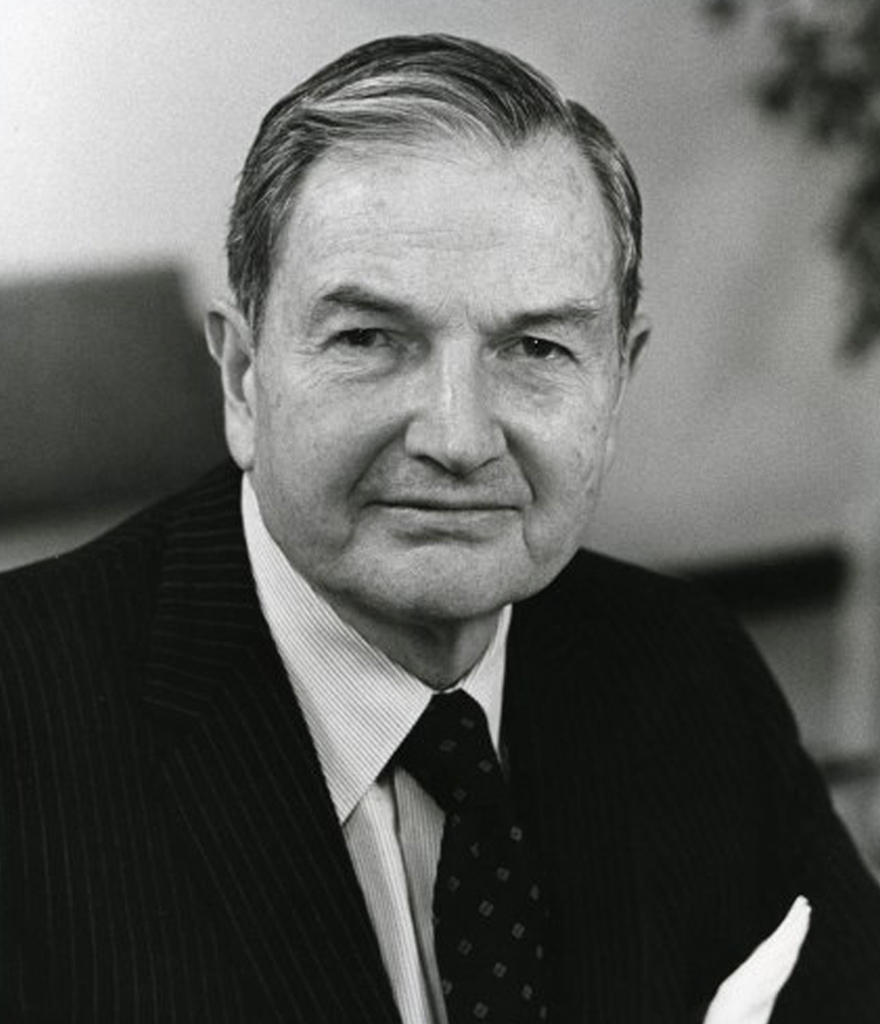
David Rockefeller Founded the NYC Partnership
Following in the tradition of three generations of Rockefellers who were closely associated with the Chamber of Commerce, David Rockefeller transformed the organization in 1979. In that year, he founded the New York City Partnership and affiliated it with the Chamber of Commerce. Although the original Chamber of Commerce had taken a broad look at what it considered to be “business interests”, it had evolved into a business advocacy group. Under Rockefeller’s vision, the new Partnership would allow business leaders to work more directly with the government and other civic groups to address broader social and economic problems in a “hands on” way. The Partnership was to represent business working in the interests of the city and its diverse communities.

1982-1996
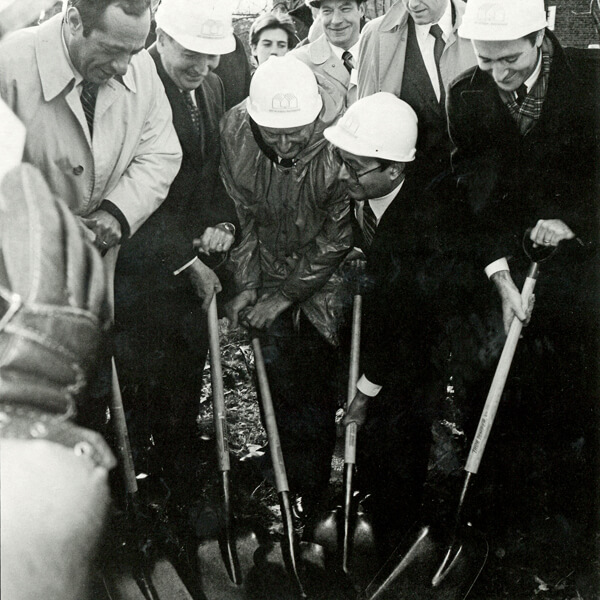
Housing Partnership Seeded the Renaissance of Urban Neighborhoods
Alarmed by the exodus of more than a million mostly middle-class residents in the 1970s, Rockefeller approached President Ronald Reagan and Mayor Ed Koch with a plan for a public-private initiative to rebuild blighted neighborhoods. Working with the city and state governments, as well as banks and builders, the Partnership launched the NYC New Homes Program, filling vacant, city-owned lots with more than 40,000 units of owner-occupied, affordable housing and seeding the renaissance of Harlem, the South Bronx, North Brooklyn, Jamaica, Queens and other low income communities across the five boroughs.

1983-1988
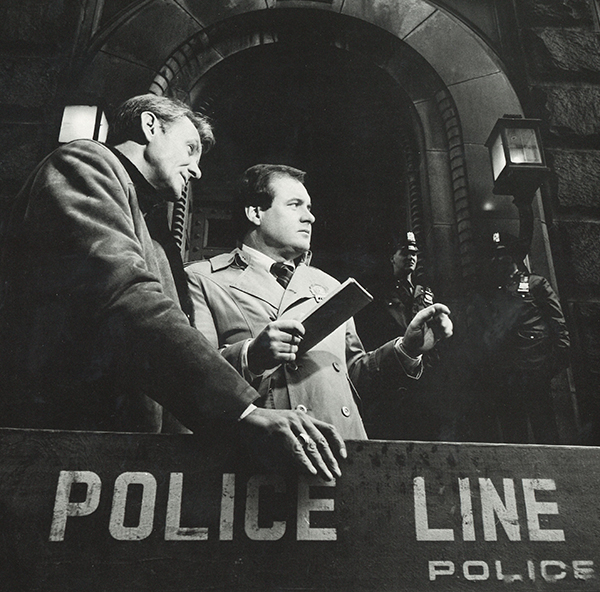
Crime Stoppers
At the height of the city’s crime wave, the Partnership joined forces with the New York City Police Department (NYPD), WABC-TV and other media to launch “Crime Stoppers,” a citizen information and reward program for individuals providing leads on unsolved violent felony crimes. Partnership members contributed funds for rewards and the Partnership managed the program before spinning it off to the New York City Police Foundation.

1987-2000
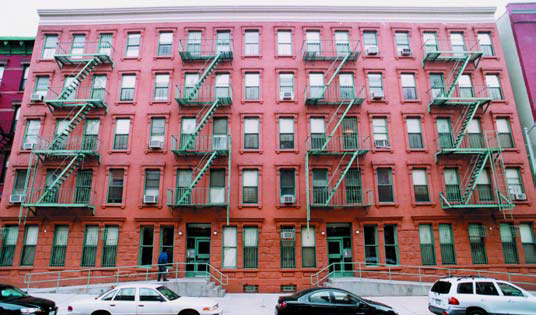
Funding Low-Income Housing
After the federal enactment of the Low-Income Housing Tax Credit in 1986, the Partnership mobilized the New York City business community to become early investors in the private equity fund established by the nonprofit Enterprise Foundation and Local Initiative Support Corporation (“LISC”) which resulted in nonprofit development of thousands of units of low-income rental housing in neighborhoods across the five boroughs.

1987-2000
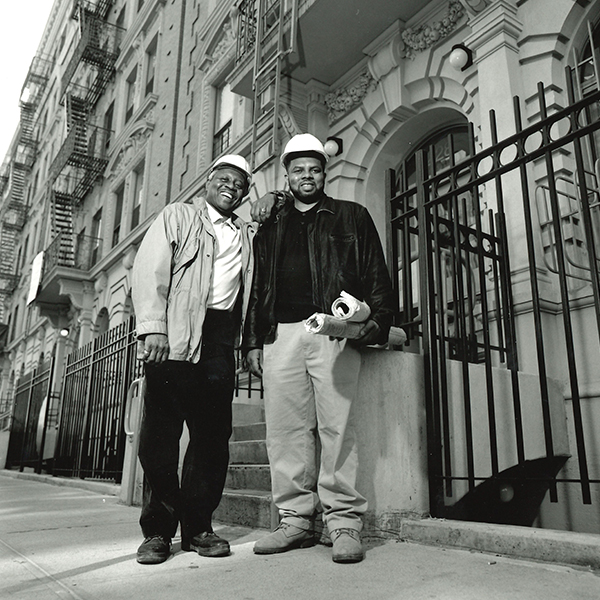
City's First MWBE Empowerment Programs
Together with the city and state, the Partnership established the Neighborhood Builders and Neighborhood Entrepreneurs Programs, which provided the support structure for more than sixty minority- and women-owned firms to participate in development and renovation of affordable housing. The program ran for 13 years and was partially financed by a consortium of foreign-owned banks, led by Deutsche Bank.

1996-Present
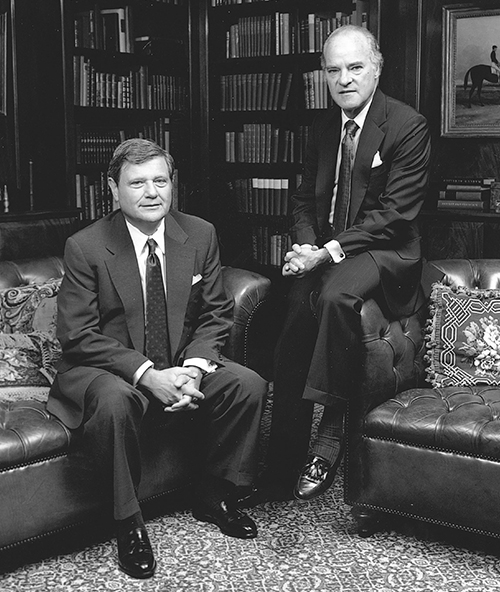
Investment Fund to Fuel Inclusive Growth
Founded by Henry Kravis and Jerry Speyer, this $170 million, civic fund was originally capitalized by corporate and individual members of the Partnership. Its mission is to support entrepreneurial ventures that generate jobs and diversify the economy, with a focus on funding projects that help disadvantaged communities. The Fund seeded the early development of Silicon Alley, and subsequently the city’s cleantech, fintech, health IT, life sciences and advanced manufacturing sectors.

2001

Blueprint for Recovery from 9/11 Terrorist Attacks
Less than two months after September 11, 2001, the Partnership produced a detailed analysis of the economic impact of the terrorist attack on Lower Manhattan which became the foundation for $23 billion in federal disaster recovery and rebuilding funds. The report was prepared by the unprecedented collaboration of seven global consulting firms working on a pro bono basis, including A.T. Kearney, Bain & Company, Booz-Allen & Hamilton Inc., The Boston Consulting Group, KPMG LLP, McKinsey & Company and PwC Consulting.

2002

Mayoral Control of the Schools
The Partnership worked with leaders of the New York State Legislature, organized labor, and education advocates to establish commissions of the Senate and Assembly that prepared legislation that eliminated community school districts and the Board of Education, ultimately replacing a dysfunctional governance system with mayoral control of the schools system. The results of the new system have been significant improvements in student performance and graduation rates.

2003

Creation of the NYC Leadership Academy
The Partnership led private sector support for creation of the NYC Leadership Academy, with the mission of preparing a new generation of school leaders to support the transformation of the public schools. Today, more than 400 Leadership Academy graduates are principals or supervisors in the city, and it is now a national organization providing leadership development, coaching and support for school districts across the country.

2007-Present

Leadership in Career & Technical Education (CTE)
The Partnership led recommendations for reform of the CTE programs, including a task force report in 2007, followed by an extensive survey conducted with PwC in 2014. Initiatives have included advocacy in Albany, supporting employer engagement with new high schools, and working with the Department of Education to create the Industry Scholars Program that has placed almost 6,000 CTE students into paid internships with business members.

2010-2012

Committee to Save New York
The Partnership worked with the Real Estate Board of New York to mount a campaign to support fiscal reforms proposed by Governor Andrew Cuomo, including pension, Medicaid and tax reforms that put New York on a better course for economic growth and job creation.

2018
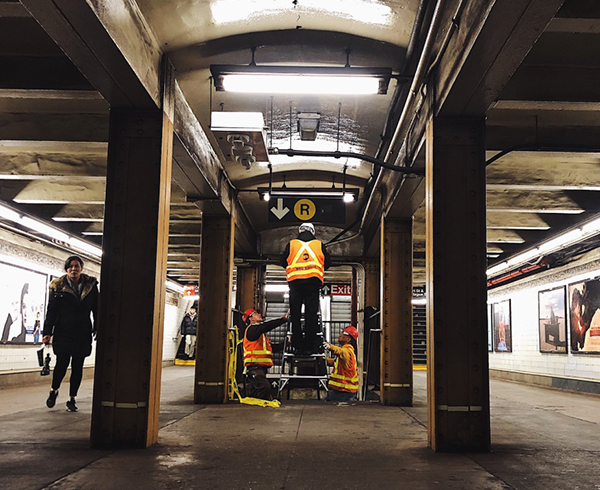
Transit Innovation Partnership
The Transit Innovation Partnership was launched in 2018 to support Governor Cuomo’s plans to bring New York’s mass transit system into the 21st century. It is a partnership with the MTA, and provides private sector expertise to help the MTA modernize its operations. Projects include the Transit Tech Lab, which allows the MTA and other public transit agencies to test innovative products. It also provides pro bono support from industry experts on signaling, construction processes and other issues.
